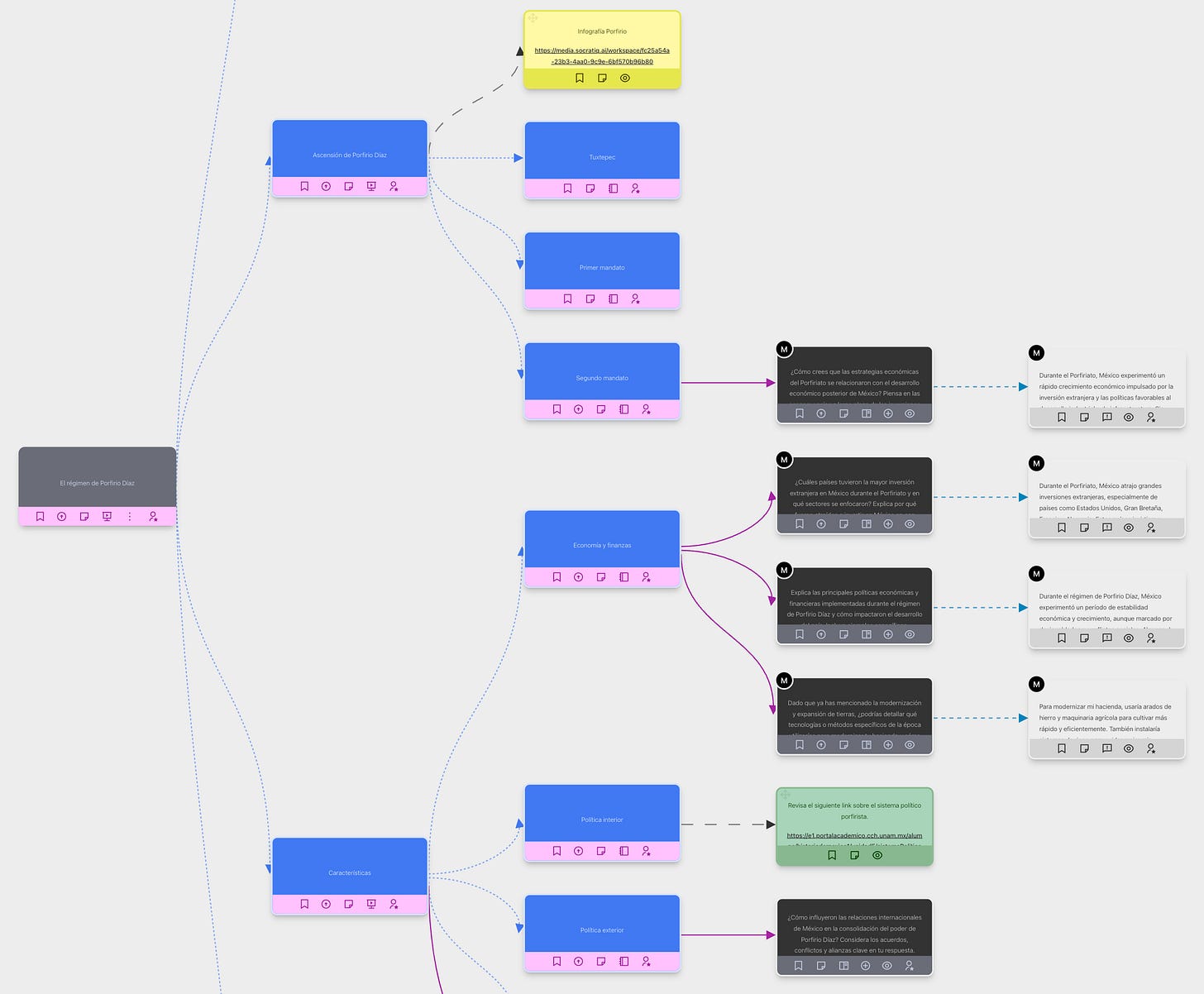This is the third post in the “Knowledge Series”. This post expands on the first two articles: The Sieve of Knowledge and The Pursuit of Knowledge.
How is knowledge created?
Is there even such a thing as “new” knowledge?
We can narrowly define intelligence as the accumulation, pursuit and dispersal of knowledge. Can knowledge be created though? We can make a few observations:
Hypothesize Imagine, Experiment, Formulate and Iterate. Most scientific knowledge takes this form.
Connect Take diverse pieces of knowledge and make links that stay put and have meaning. Origami used in Aerospace connects the knowledge from paper folding with knowledge from our understanding of objects in flight.
Transform Take knowledge that is applied in one context and apply it to another. “Genetic” algorithms are a fantastic example where we take our understanding of how evolution works and apply it to information processing.
Sublimate A combination of 1, 2, and 3 with generalization as the transformative force. How LLMs generate text and art is a fine example here.
I’m sure there are many more categories we can come up with. The larger question is, if LLMs can sublimate more efficiently than us, what is our role as humans in the creation of knowledge? What is our role in the creation of value?
What makes us unique?
LLMs are magical. But they lack what we have.
Genetic material and eons of compressed information accumulated within
Evolutionary ability to intuit knowledge
Emotions, and the chemical reactions they trigger, which are also a form of created knowledge.
We can use these and create our own knowledge. That’s what makes us unique, original, individual.
How to harness our uniqueness?
Discovering our unique self is a skill, and like any other skill, this too requires deliberate practice. With the possible arrival of AGI, it becomes increasingly important that our methods of education focus on this aspect of learning: Learning To Be.
This practice involves thinking iteratively & deeply: As inner monologues or peer debates, as written expression or created artifacts, as streams of creation flowing from springs of thought, continuously hypothesizing, connecting, transforming and sublimating to create new pieces of knowledge, however trivial.
SocratiQ Harnessing
A well motivated and guided student in pursuit of mastery continuously hypothesizes, connects, transforms and sublimates through deep thoughts and eloquent expression in SocratiQ.
Every question that is posed engages the student to think deeply. SocratiQ’s feedback encourages them to add more value, connect more ideas and express eloquently. Every generated lesson and topical guide accounts for their previous responses and helps them discover and reinforce those connections.
New inquiries often bring them back to old topics forcing them to connect the present context to the past. Real world scenarios and expressive inquiries engage their growing minds in “What If” thinking.
We believe this is one important way the current generation of learners must engage to uncover their abilities and create new knowledge. Deep practice in the art of deliberate thinking.
The Role of a Teacher
Teachers become the architects and layout the canvas for this bountiful expedition that students engage in. They take on the mantle of the visionary fire-starter to encourage students to engage in this discourse.
Armed with time saving feedback and detailed reports, they become sage-like guides providing timely intervention to correct the course of their adventurous learner.
We believe this will initially be a daunting task. Encourage students to engage so deeply will require, time, patience and practice. However, with some smart, open scheduling, collaborative engagement and copious encouragement, we have enough to get started with a new crop of learners ready and well-prepared to take on the new world.
The Student Teacher
When one teaches, two learn. ― Robert Heinlein
Encouraging students to create their own teaching explorations for other learners to learn from is a great activity that can be presented as a summative assessment.
Our third featured exploration on Logic Gates, created by a 15 year old student demonstrates this with accompanying delightful role-playing games created in Minecraft.
SocratiQ - The creation of knowledge
In combination with other classroom-assigned and student-led creative activities, we believe that SocratiQ serves as a platform that can support the current learning system, taking the students to mastery and success while preparing them for the world they will have to succeed in - one that requires them to be outstandingly original.
If you’d like to discuss these topics further with us, feel free to email us: founders@koodup.com.










